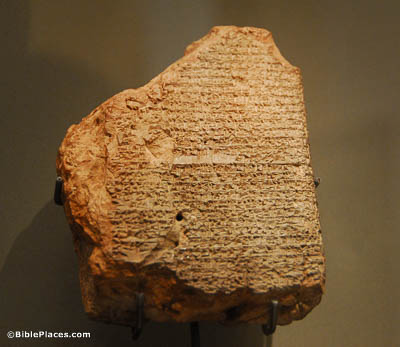Paul, a servant of Jesus Christ, called to be an apostle, set apart for the gospel of God (Romans 1:1).
Paul is easily identifiable in medieval artwork by his receding hairline and long, pointed beard. He carries a sword as the symbol of his martyrdom and a scroll which represents his work as an apostle. Such a depiction is apt, since as indicated by 2 Timothy 4:13, Paul seems to have kept a collection of his own canonical letters, which was common among authors in the Greco-Roman world.






